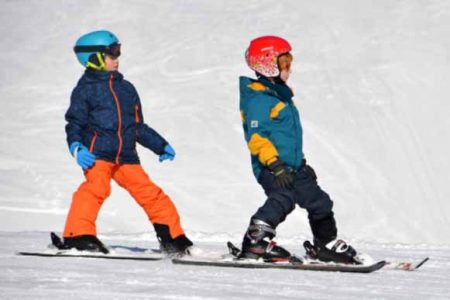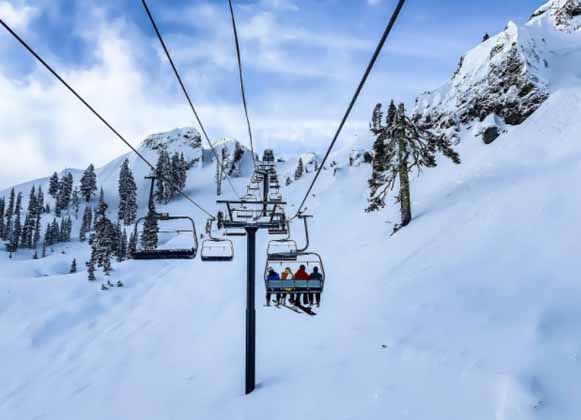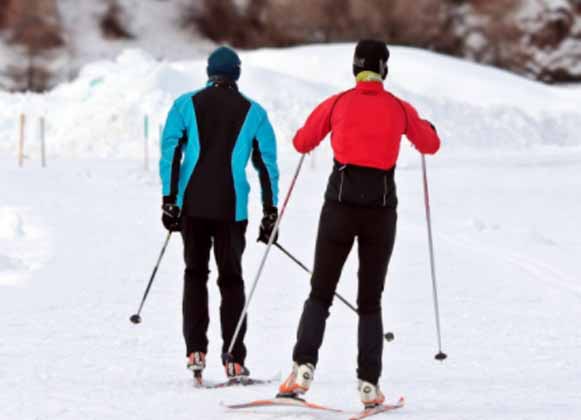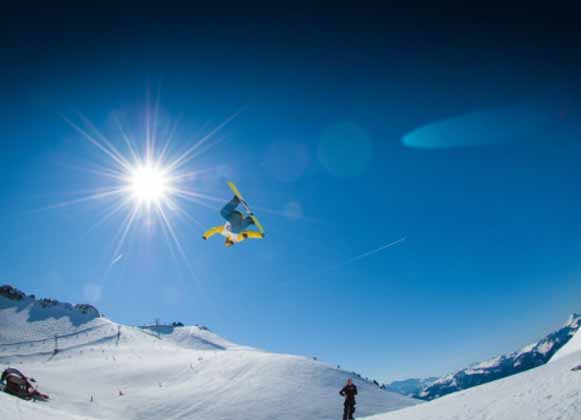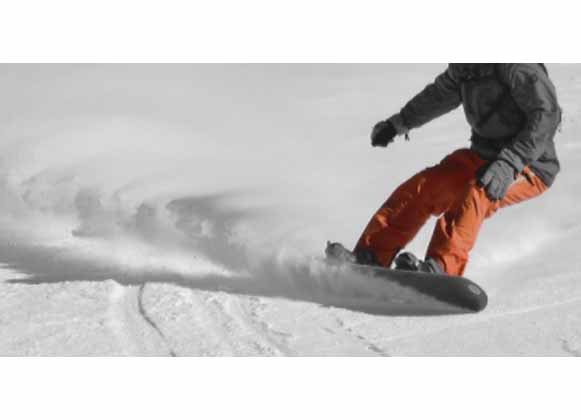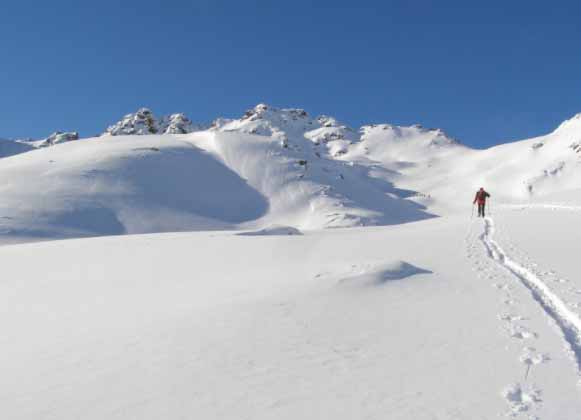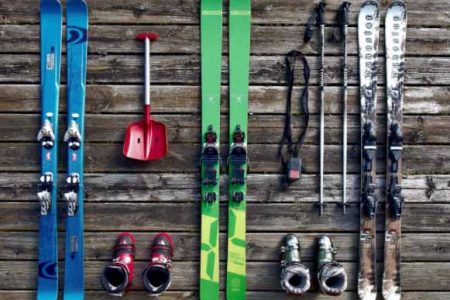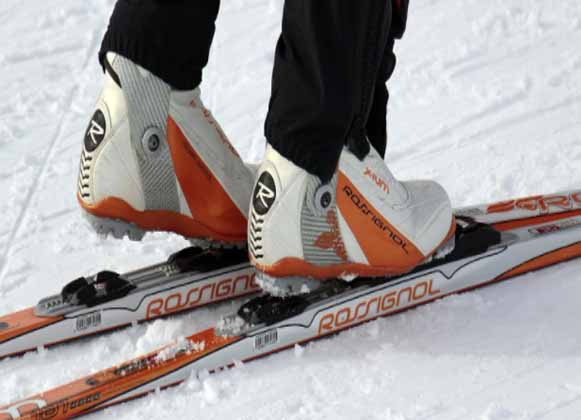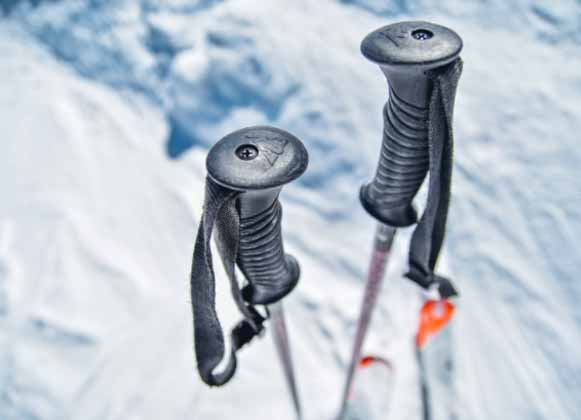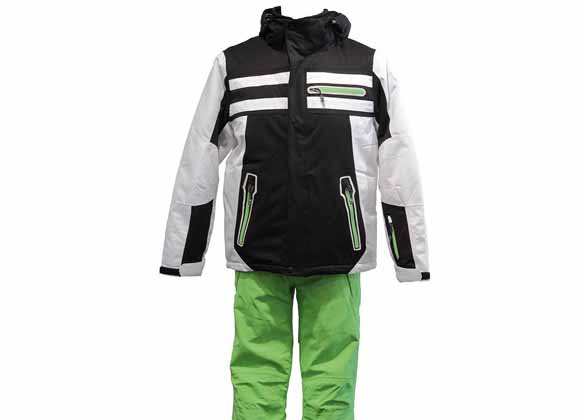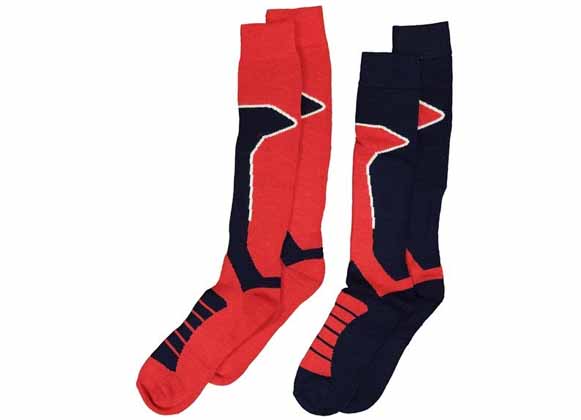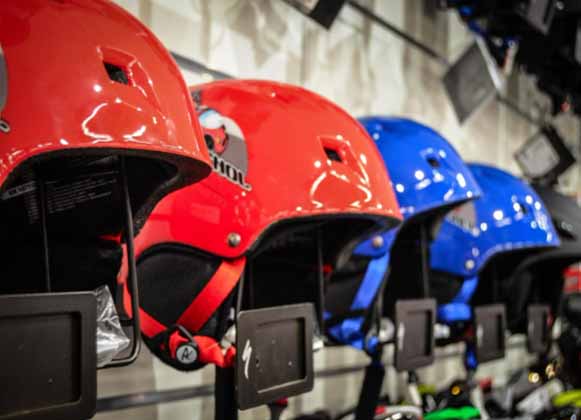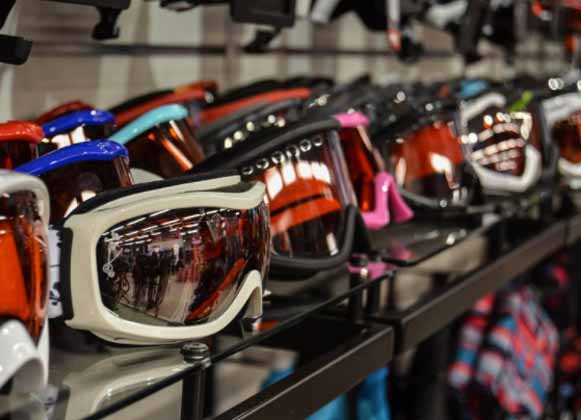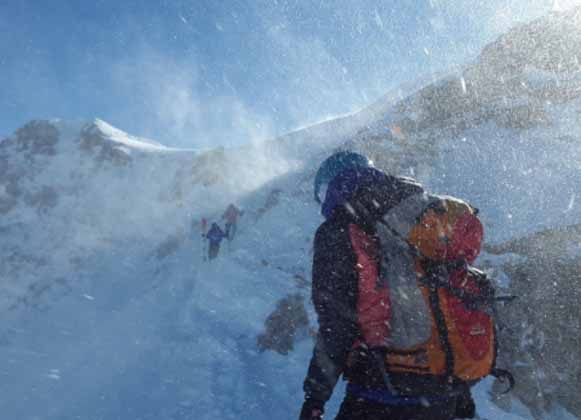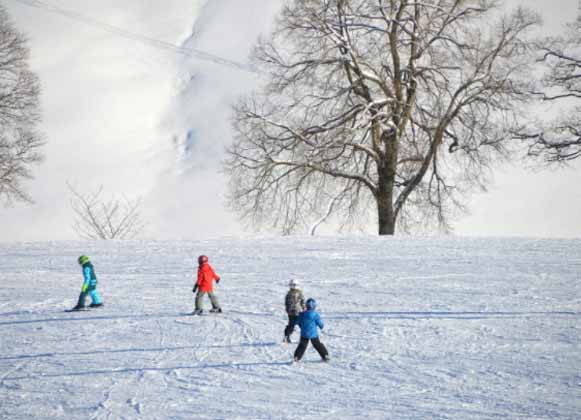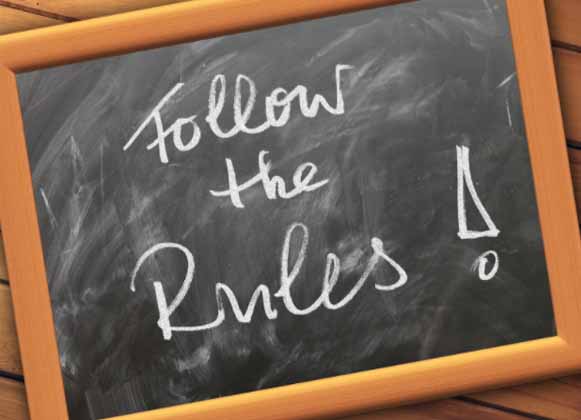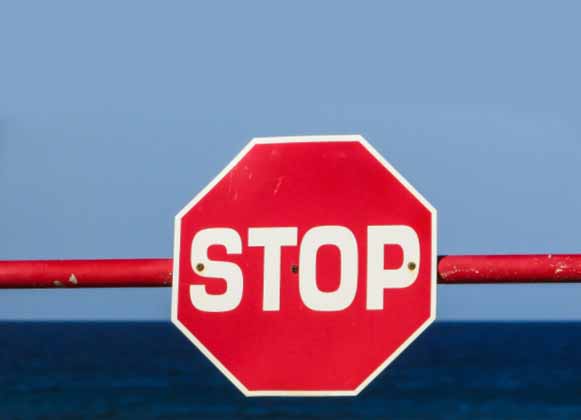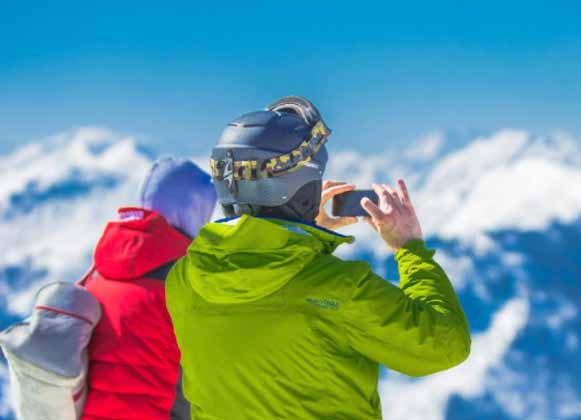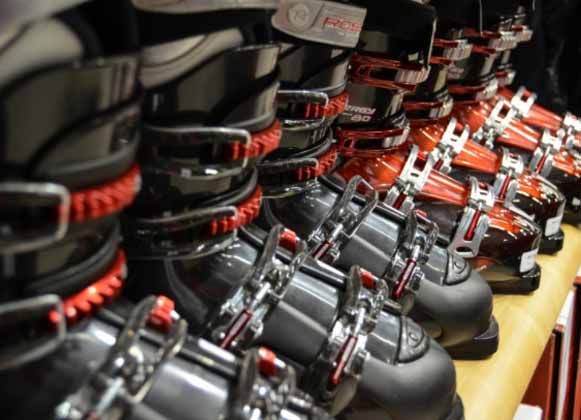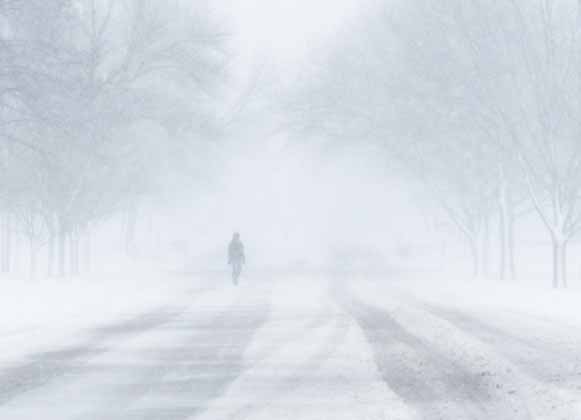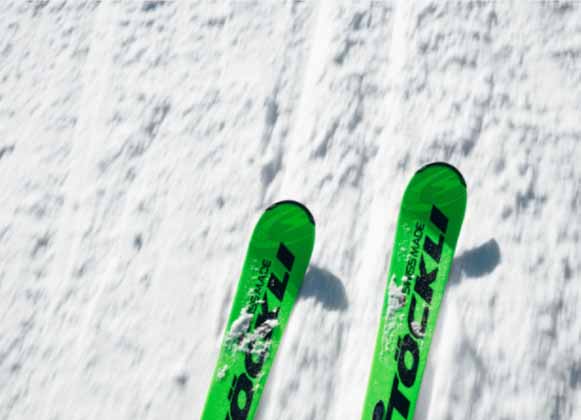Skiing is not a new human activity. People have been skiing for centuries, with early evidence pointing to as early as 8000 BCE with early skis being discovered in Russia. The reason why it has been around for this long has a lot to do with the need to find a mode of movement in snowy areas. Some places in cold climates are always in a perpetual snow cover, and moving about the normal way can be a little hard, even when using cars.
If you have just moved to such an area, you are probably entertaining the idea of learning how to ski either for recreational purposes or just to add another skill. This is a beginner’s guide that is going to explore everything to do with skiing, from learning how to ski, the necessary skiing gear and equipment that you need, and some of the things you should never do to avoid putting yourself into danger.

